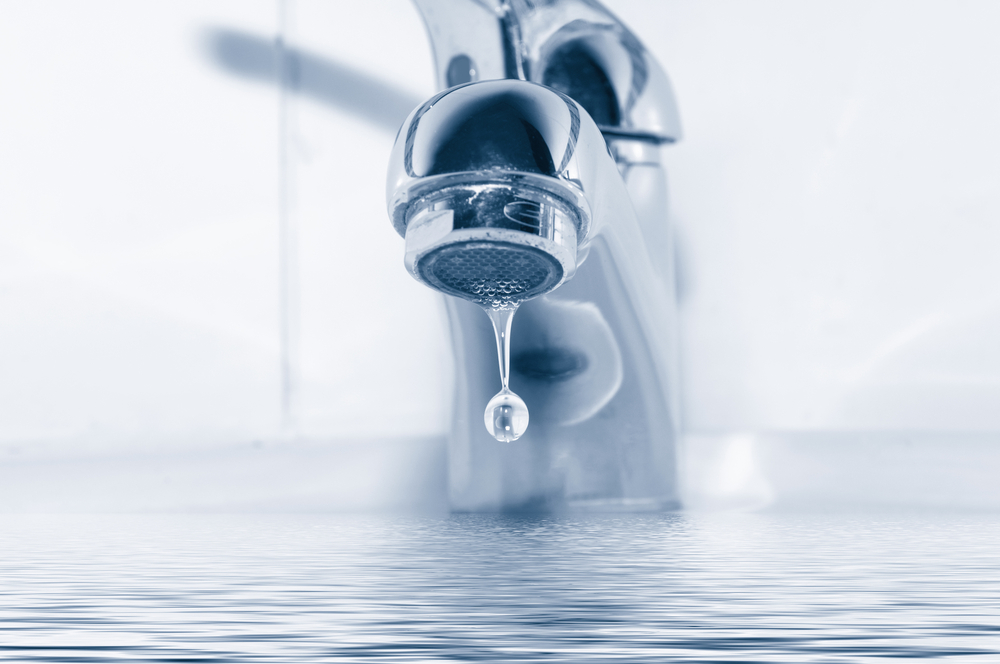Household Bills
Water watchdog criticises rise in supply failures

Guest Author:
Emma LunnWater companies need to do much more to protect customers from disruption to their water supply and reduce leakage, according to the Consumer Council for Water.
The consumer group’s annual Water Water Everywhere? report shows that the amount of time people suffered disruption to their water supply has risen by a fifth since 2016/17.
The report raises questions over whether some companies are in a stronger position to deal with any repeat of the severe cold weather and rapid thaw, which left thousands of customers without water in March 2018.
It also shows that the industry lost 3.16 billion litres of water through leaky pipework in 2018/19 – a fall of 0.2 per cent.
Three water companies – Thames Water, Affinity Water and Hafren Dyfrdwy – failed to meet their leakage targets and the watchdog is concerned the industry’s slow overall progress may dampen individuals’ own motivation to save water.
Bristol Water was the industry’s best performer, losing an average of 71 litres per property per day – compared to Thames Water, which reported the highest levels of leakage at 177 litres per property per day.

Why Life Insurance Still Matters – Even During a Cost-of-Living Crisis
Sponsored by Post Office
Water consumption on the up
The council says water consumption has been on the rise for the past four years with the average person using 143 litres a day in 2018/19, up from 141 litres in the previous 12 months.
Many people are already making a conscious effort to be more water efficient – something that will become increasingly important as population growth and climate intensify the pressure on water resources.
But the Consumer Council for Water has repeatedly warned the industry that consumers are much less likely to play their part if they think their water company is not doing enough to tackle leakage.
Karen Gibbs, senior policy manager at the Consumer Council for Water, said: “It’s clear that some companies still need to do much more when it comes to reducing supply interruptions and curbing leakage, which can damage people’s perceptions of the industry and deter them from saving water themselves.”
“Being left without water causes huge inconvenience to people and can be extremely isolating for the most vulnerable customers.”
Supply failures and leakages
Consumers were left without water for an average of 13 minutes and 14 seconds in 2018/19. That marks a significant fall on the previous year when the results were skewed by the disruption experienced during and after the “Beast from the East” and Storm Emma. But the losses were still almost 22 per cent higher than two years ago, with eight companies falling short of their targets.
The latest leakage figures also raise doubts over whether some companies will be able to achieve the more demanding targets being set by the regulator Ofwat, as part of the current price-setting process for 2020 to 2025.
It is the third successive year that Thames Water missed its target, while Affinity Water came up short for the second year running. These companies risk undermining their own efforts to encourage people to use water more wisely in the south east of England, where water resources are under the most pressure.